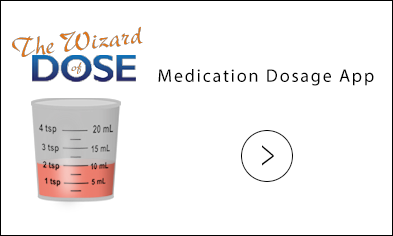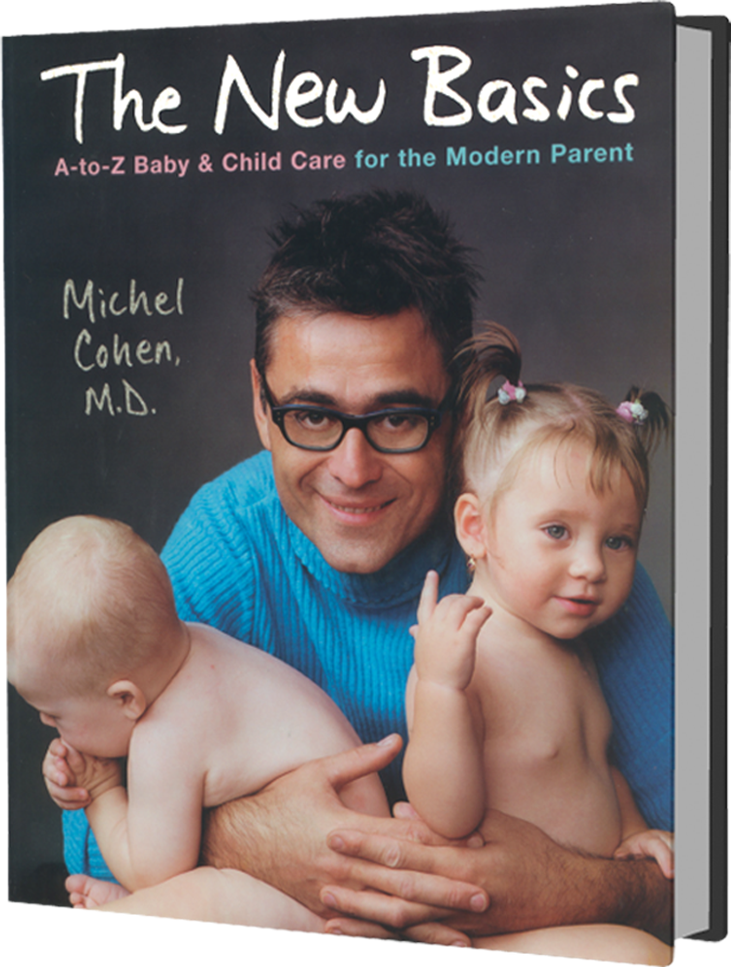
Formula
Once considered healthier than breast milk, formulas are now seen as a second-rate option for infant nutrition. Neither assessment is really fair. Formulas are a fine choice too. If you plan to use them, either as a sole source of nutrition or in combination with breast milk, this is what you need to know.
All baby formulas contain the same basic nutrients in the exact same ratio. This is not by chance but by law. In fact, to be called formula, a substance must meet strict FDA requirements by replicating the amounts of fat, sugar, protein, vitamins, and other elements naturally present in breast milk. The amount of iron varies from formula to formula [See: Iron]. The proteins in formula come from diverse sources, generally cow’s milk, soy milk, or a lactose-free milk, but all sources provide the same nutrition.
Formulas are sold as a powder or reconstituted liquid. The latter is just a more expensive version of the former mixed with sterile water and packaged in a can. If you’re using a powder, you simply reconstitute it following the directions on the can by using tap water, which, in many states adds the appropriate quantities of fluoride [See: Fluoride]. As for boiling or even filtering the water, it’s largely unnecessary, as most tap water is not contaminated and therefore perfectly safe for babies.
Every so often, formula companies trumpet the addition of a “super element” such as a lipid; the text on the side of the box stops just short of suggesting that this magical ingredient will guarantee Lucy admission to an elite university. None of these “super elements” has a proven benefit, apart from increasing the company’s sales.
Why are there so many kinds of formula?
Don’t let yourself be confused by the diversity. Just as with detergents, the variety is mostly a matter of marketing.
Which one should I use?
I recommend the cheaper one. It’s just as good as the others and only cheaper because the company is keeping its marketing costs down.
Liquid or powder?
Powders are much more convenient. But follow the directions on the can carefully; incorrect concentrations may pose a serious hazard for newborns.
How do I know if my baby is allergic to a milk-based formula?
Again, allergy to—or, more accurately, intolerance to—formula is much rarer than people think. Some signs to watch for are vomiting or extreme diarrhea, poor weight gain, or blood in the stool, in which case your doctor will recommend a soy or lactose-free formula. Be aware that crying is unlikely to be a sign of allergy or intolerance. The same goes for spitting up or vomiting, which are more likely normal or caused by overfeeding or reflux.
Do I have to stay with the same brand?
Absolutely not. Hospitals receive lucrative in`centives to provide you with a specific brand’s free sample just after delivery, under the assumption that you’ll probably stick with it. Exercise your consumer freedom and switch brands at will. In the rare instance that your baby has a proven intolerance to one kind of formula (those based on soy or cow’s milk), that will of course limit your options.
Why are there so many chemicals in formula?
Formulas synthesize a natural substance, but there are chemicals in all substances. If the FDA ran amok and required mothers to identify all the ingredients in breast milk, you’d see chemicals in that list too.
What about predigested formulas and those anti-reflux formulas for fussy babies?
Predigested formulas should be reserved for babies who have real digestive problems, as some premature babies do. All too often, these types of formulas are used when they’re not warranted—for a crying baby, say—and they don’t solve the problem. They do solve another problem, which is what to do with your money; even though they have the same nutritional content, they can cost up to twice as much.
The anti-reflux formulas are even less defensible [See: Reflux]. Like predigested formulas, these tend to be a crutch for parents and doctors who don’t want to investigate the cause of a baby’s fussiness. As far as I’m concerned, these products are a rip-off. Reflux is a mechanical problem rather than a nutritional one, and special formulas won’t affect it at all.
How long can I safely use formula in the bottle if my baby doesn’t finish it at first?
Two to three hours, at least. When Lucy breast-feeds, the nipple always has a small amount of remnant milk on top, which gets contaminated. When she returns to the nipple, this is the first breast milk she encounters, and it doesn’t make her sick. Use the same reasoning to assess the formula’s freshness.
How long should I keep the baby on formula?
I recommend switching babies away from formula to milk at ten months, when they can handle cow’s milk or an equivalent. The next-step formulas, which are targeted at babies over a year old, are another product of marketing: They have no real nutritional advantage at that point in Lucy’s life and are quite expensive.




 MEDICATION DOSAGE
MEDICATION DOSAGE

